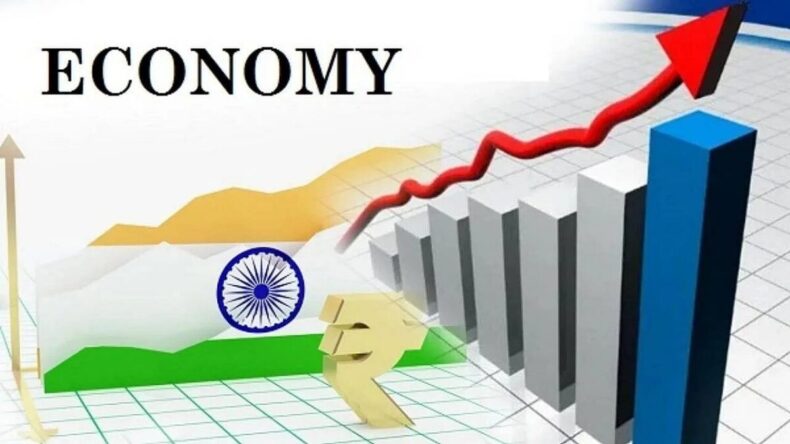On Wednesday, the Indian Finance Ministry believed that this year might as well come to a close with an economic reset characteristic of a post-pandemic world.
It went on to say that the Union Budget’s objective to asset creation will re-energize the virtuous cycle of investment and crowd in private capital.
“Once the uncertainty and concern generated by the Covid-19 virus subside, consumption will increase, allowing the private sector to step in,”
according to the finance ministry’s economics section. External geopolitical and economic shocks, on the other hand, might jeopardize the economic recovery, according to the report.
Despite the third wave, the Ministry claims that overall economic activity has remained stable. Several high-frequency indicators, such as electricity consumption, PMI manufacturing, exports, and e-way bill generation, have performed well.
Export growth will continue if the global economy does not slow down. According to the statement, imports will also increase but will be re-aligned to meet the demand for items that aren’t accessible locally.
The impact of the Omicron-induced third wave on economic activity was substantially smaller than the last two waves, according to the Ministry’s assessment.
“India’s economy is on track to grow at a rate of more than 9% this year, according to preliminary projections.”
According to the report, with the MPC’s inflation projection for FY22 unchanged at 5.3 percent, inflation for the current fiscal year is expected to fall within its tolerance zone of 2% to 6%.
In January 2022, India’s headline inflation rate, measured by the Consumer Price Index (CPI), increased to 6.01 percent, the highest in seven months.
The Ministry also stated that the unaltered repo and reverse repo rates and the accommodating attitude of the Monetary Policy Committee emphasize growth in these uncertain times.
The DEA predicted that if retail inflation remains range-bound at 4.5 percent in 2022-23, the economy’s liquidity levels will remain strong.
According to the statement, global inflation and energy costs are anticipated to impact India’s inflation rate, which the government intends to drop to a GDP deflator of 3.0-3.5 percent by 2022.
In terms of GDP growth, the DEA stated that the Budget’s actual growth component was about 8%, similar to the Economic Survey’s prediction of 7.8% and the RBI’s projection of 7.8%.
In FY23, the Budget calls for a nominal GDP increase of 11.1 percent. In the meanwhile, the Economic Survey.
According to the Finance Ministry’s Monthly Economic Review (MER) report, the Indian economy would develop quickly among the league of big nations due to the many measures implemented in Budget 2022-23.
In its January 2022 update, the International Monetary Fund (IMF) decreased its worldwide growth forecast for the current year. According to the report, India is the only big country on the list whose growth projections have been revised upwards for FY 2022-23.
The outlook has improved due to increased spending and ease of doing business. According to the IMF, India is the world’s fastest-expanding economy among the big economies.
Edited By- Subbuthai Padma
Published By- Satheesh Kumar













